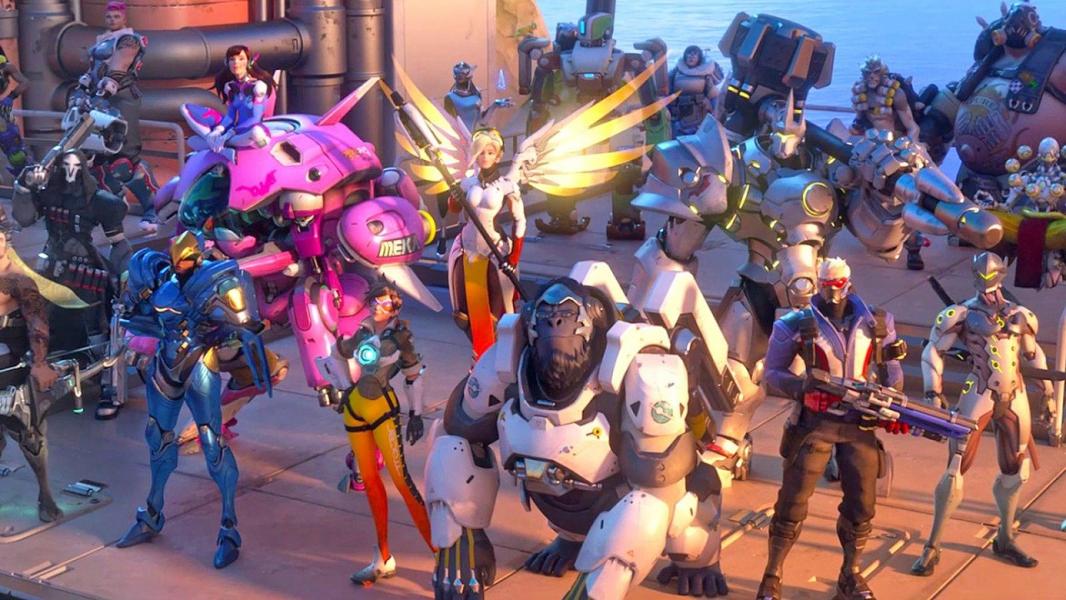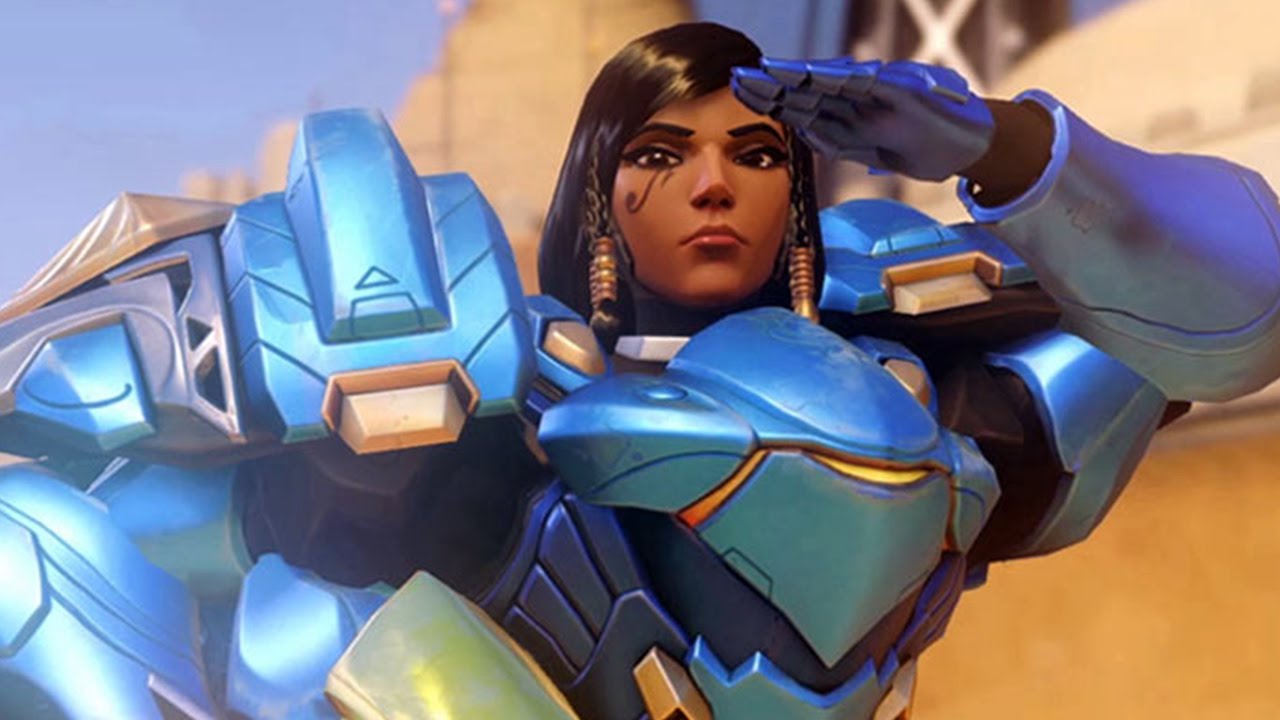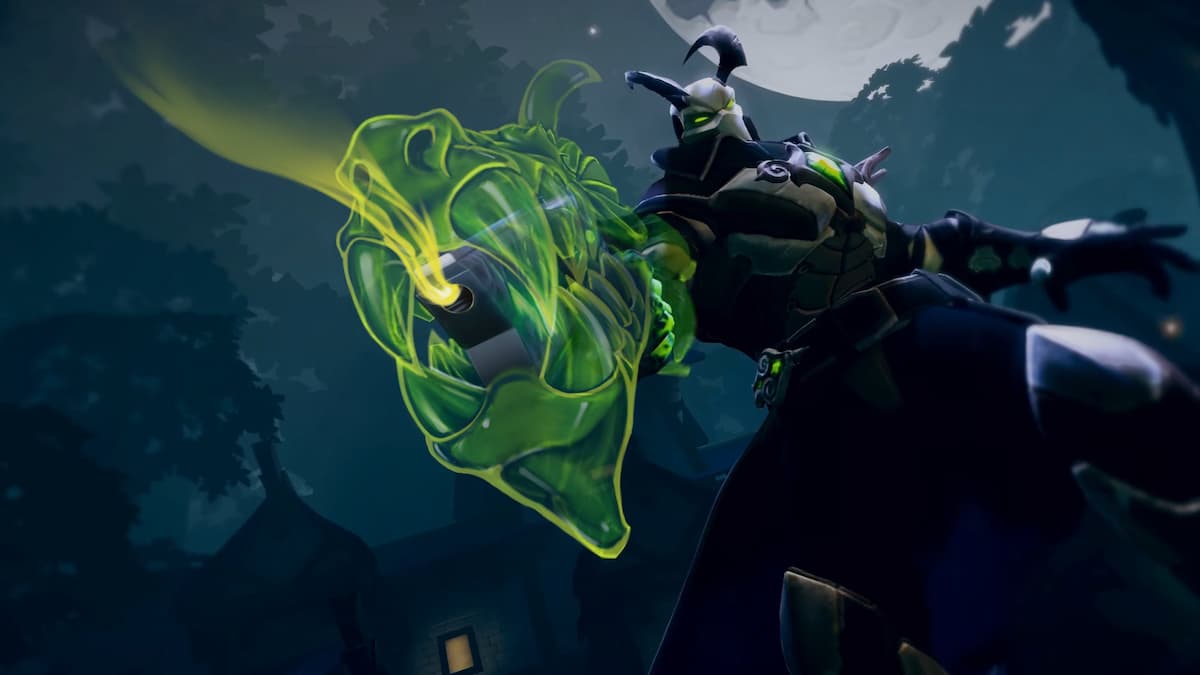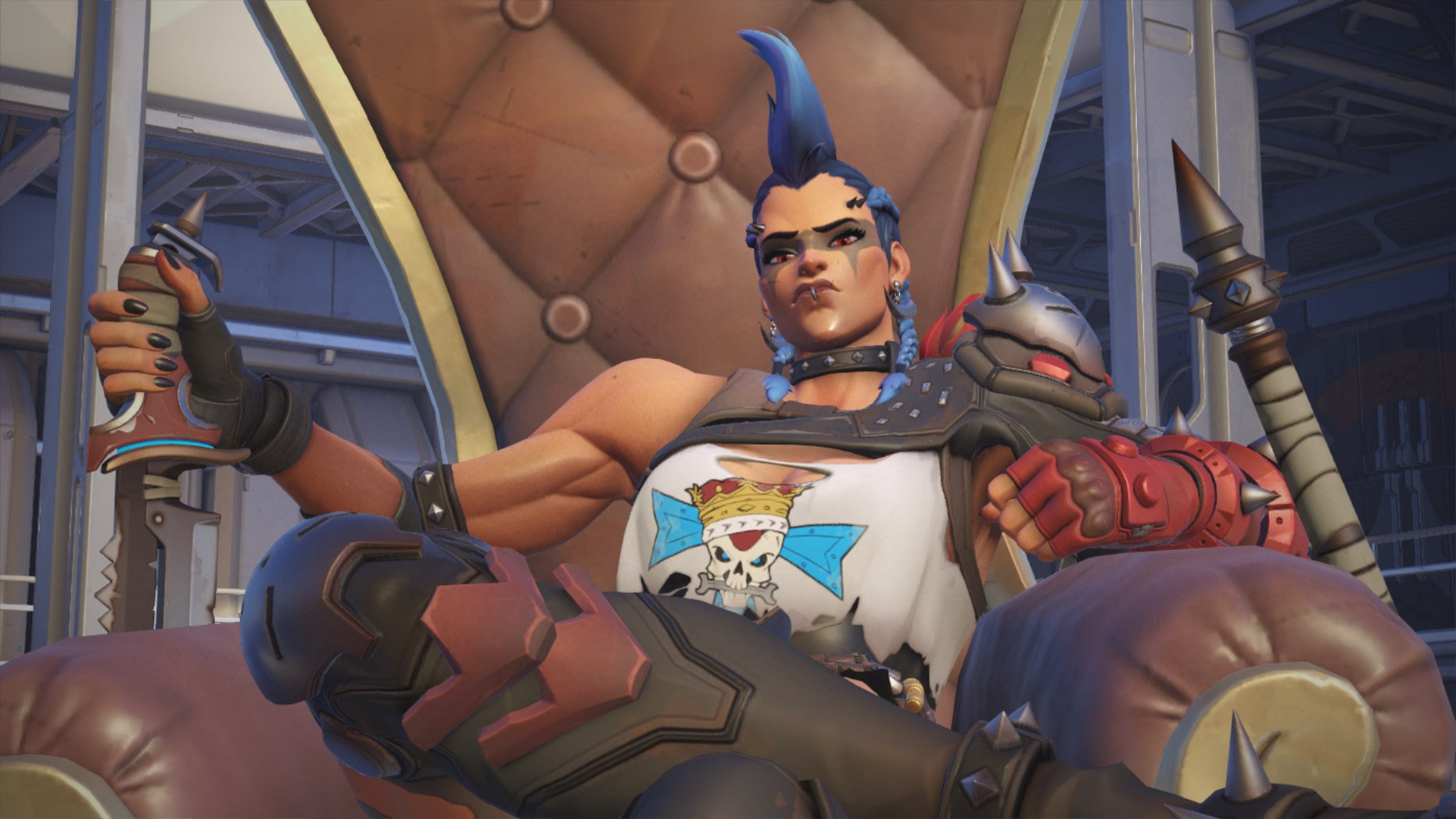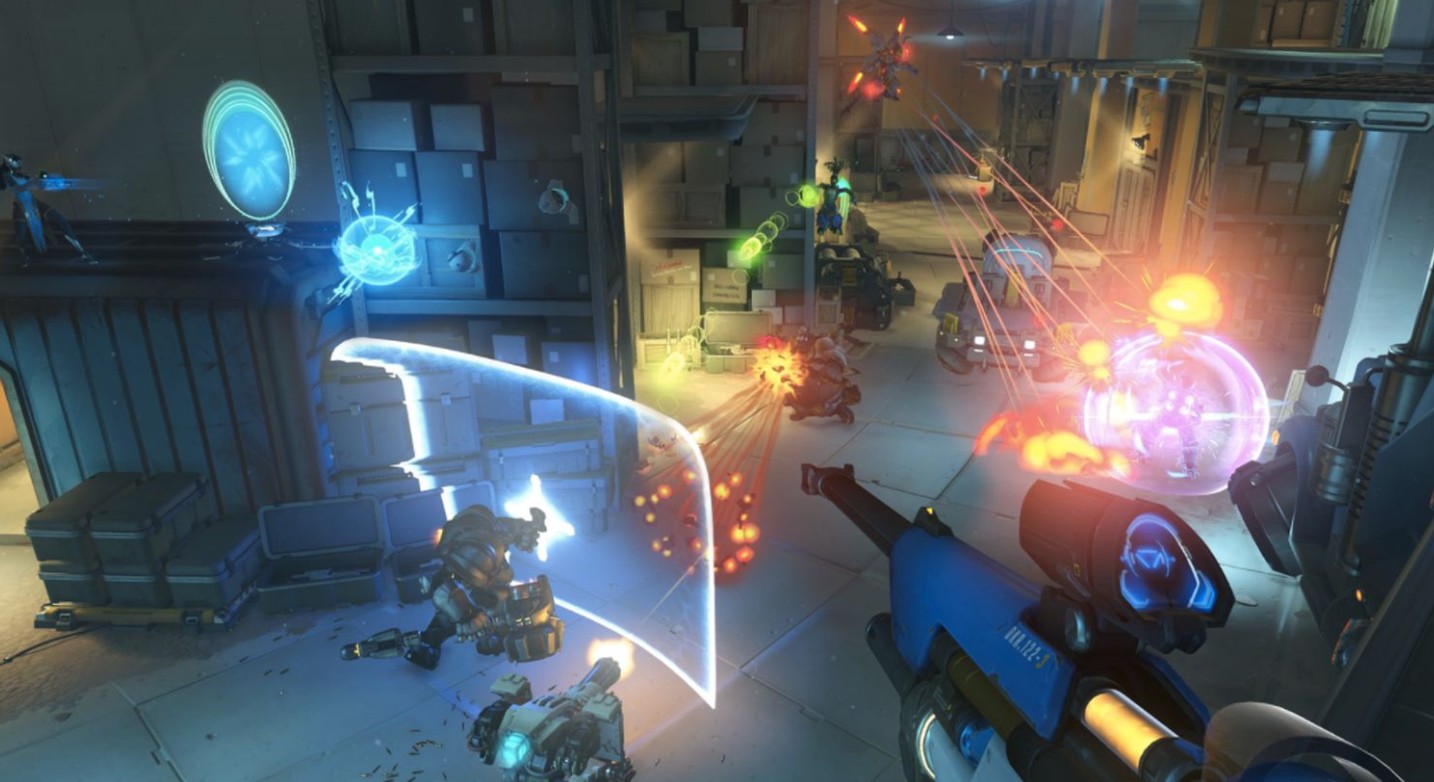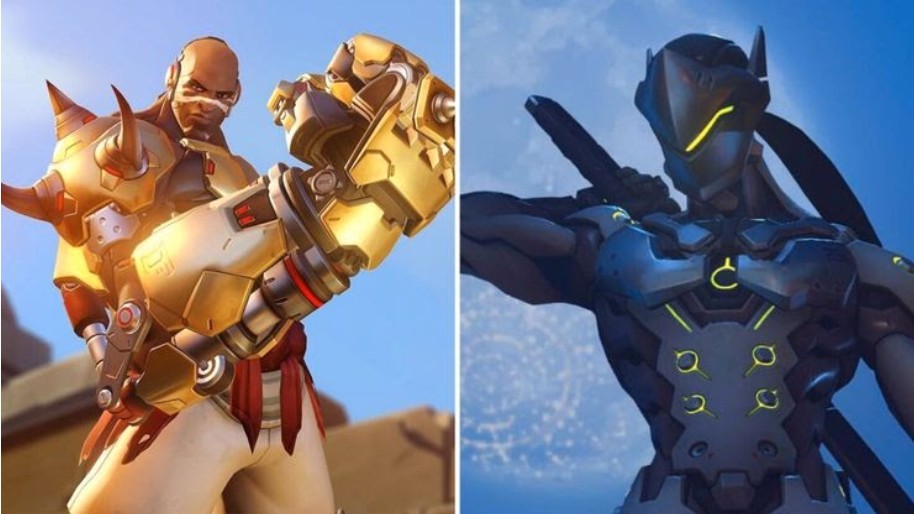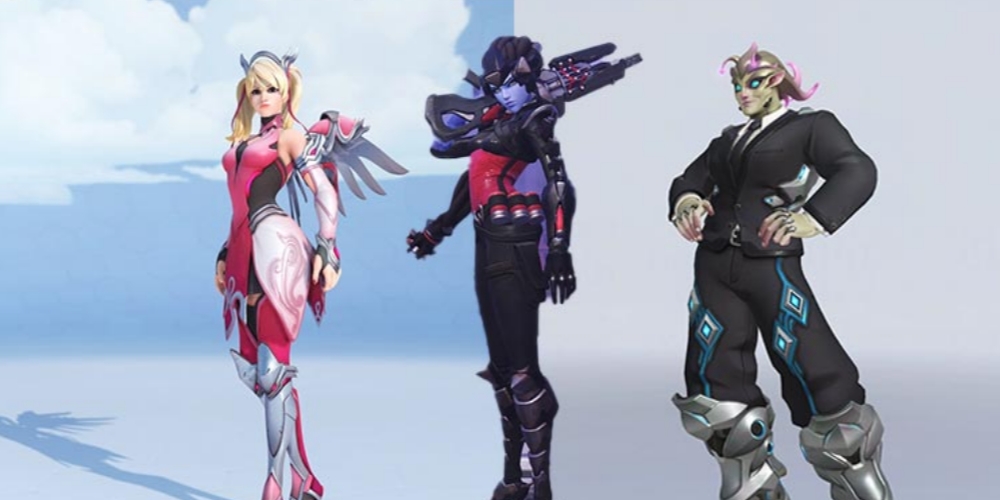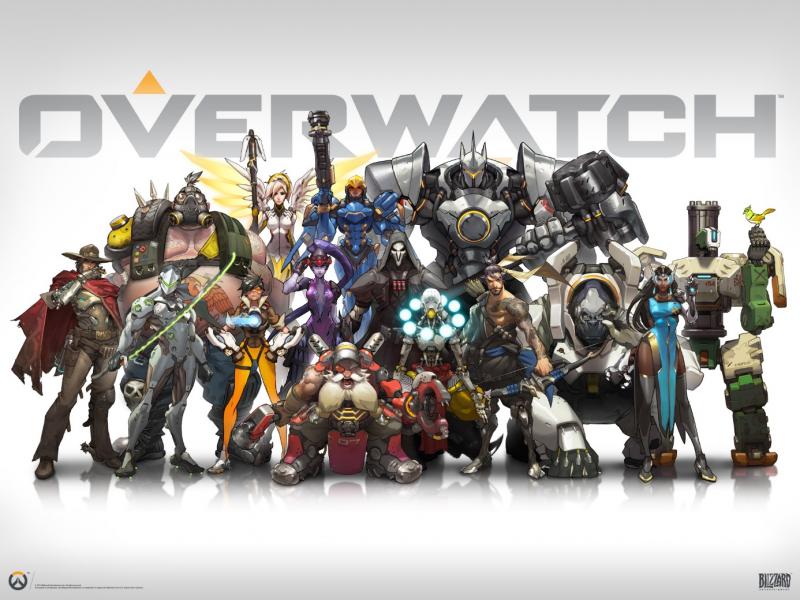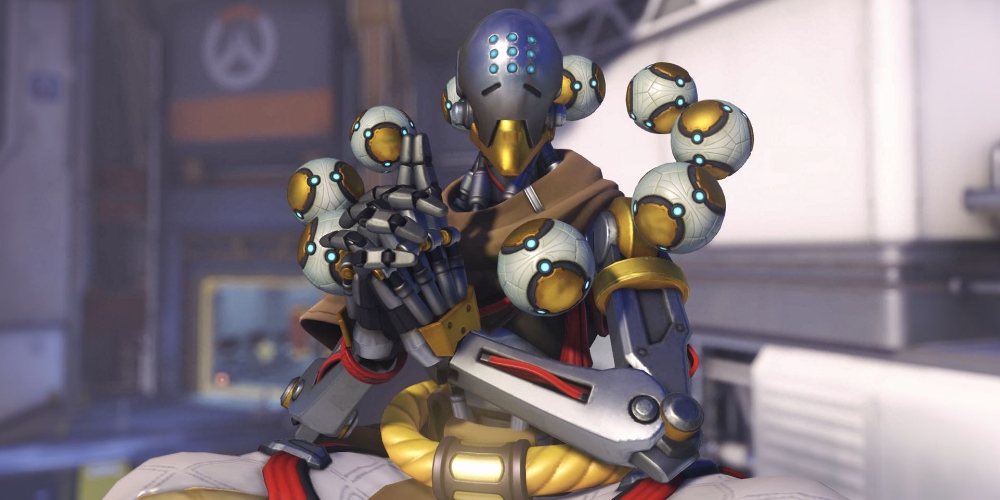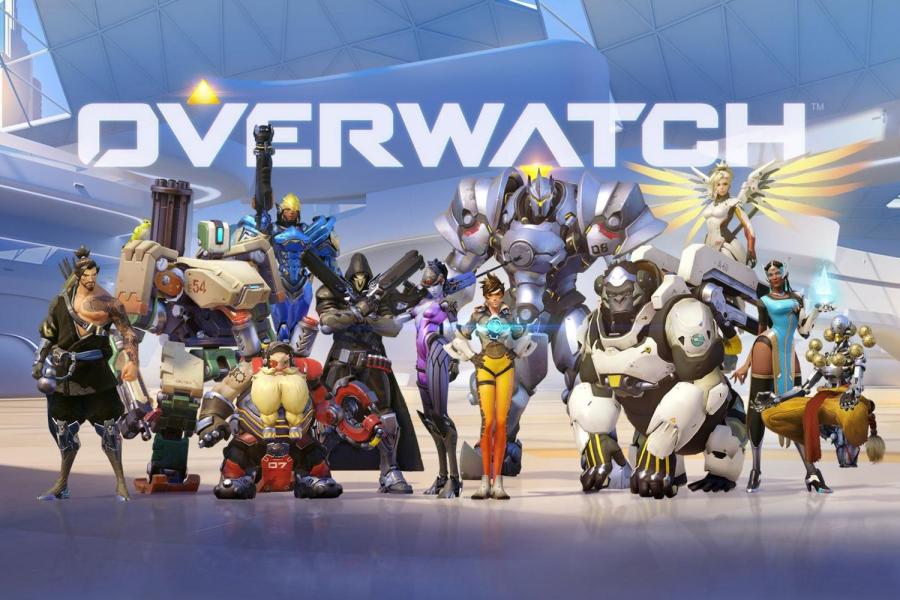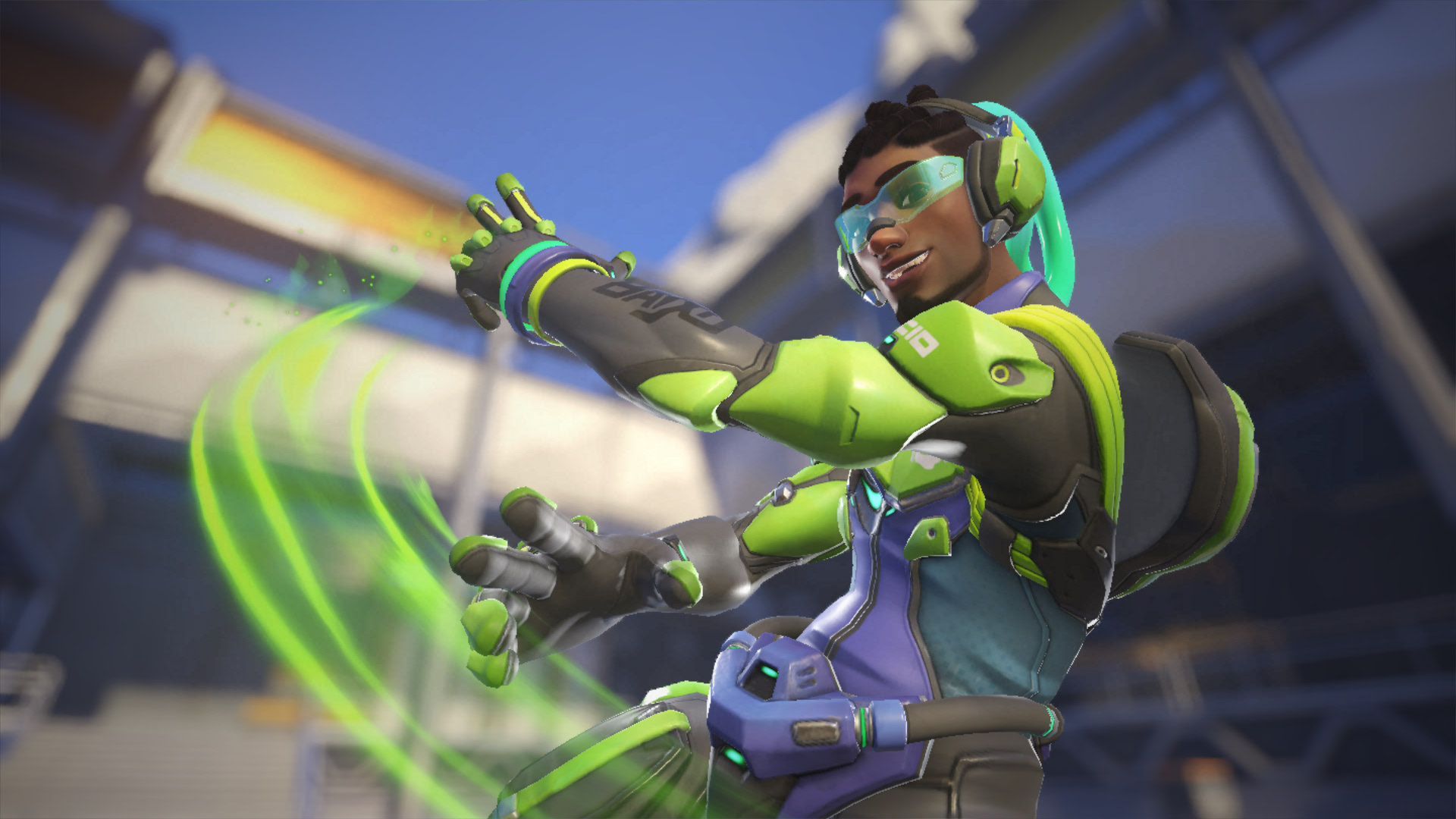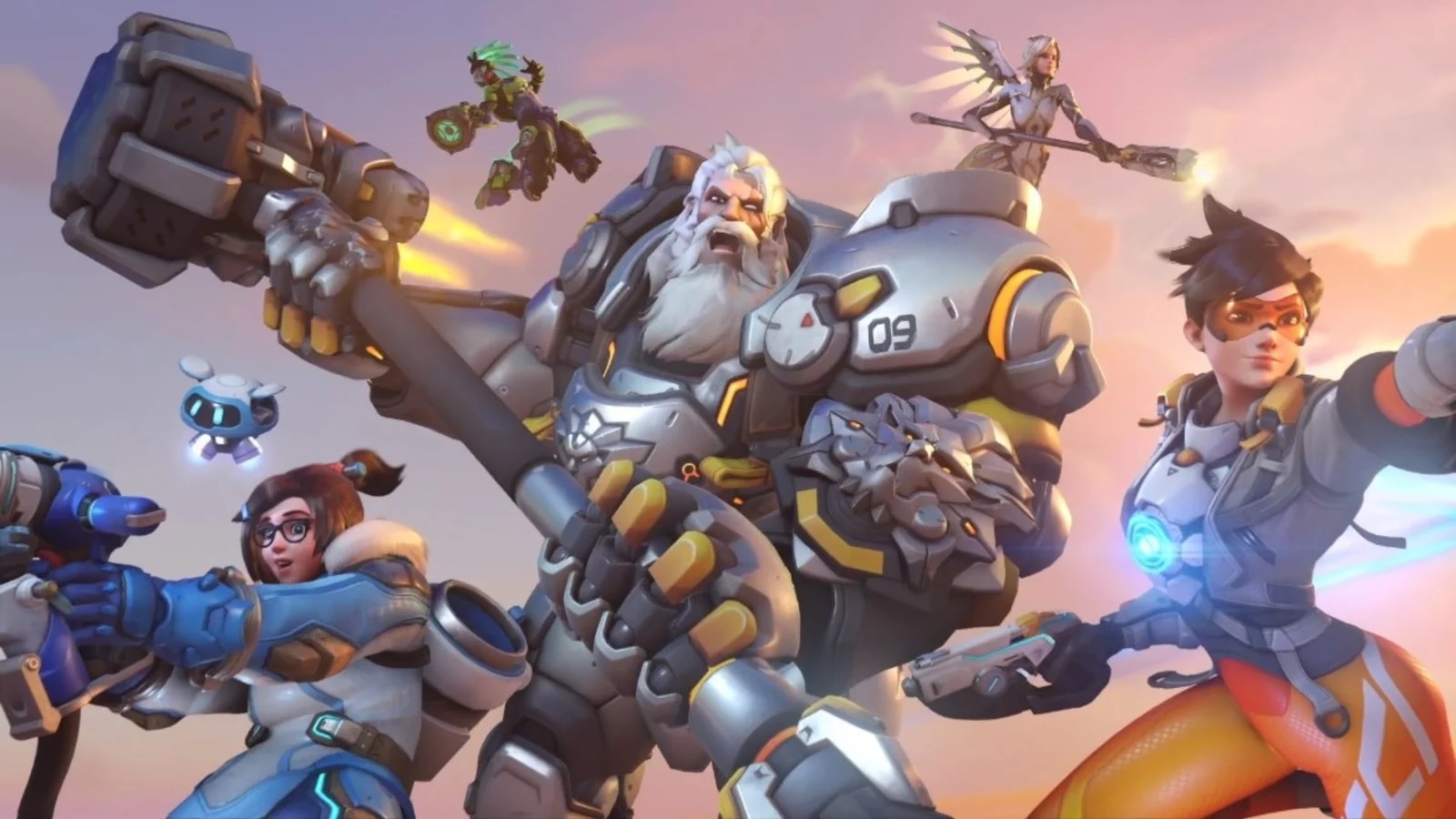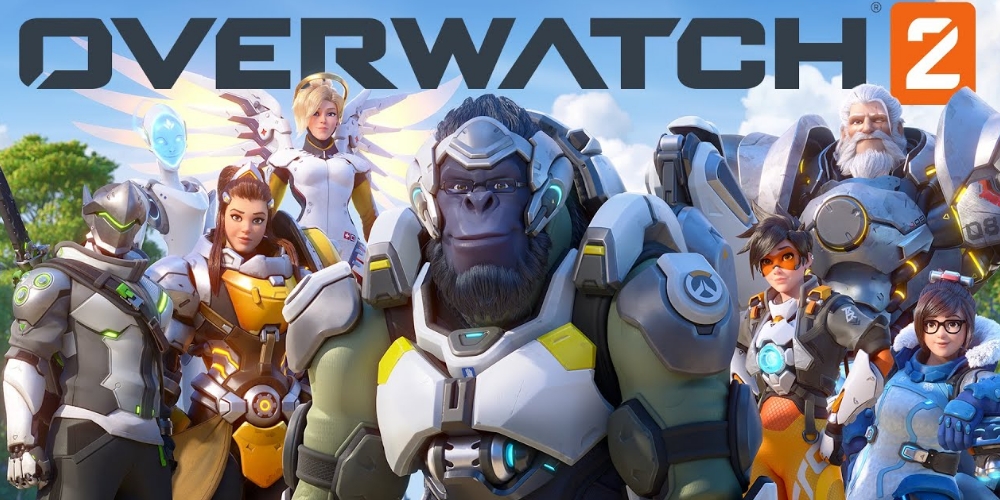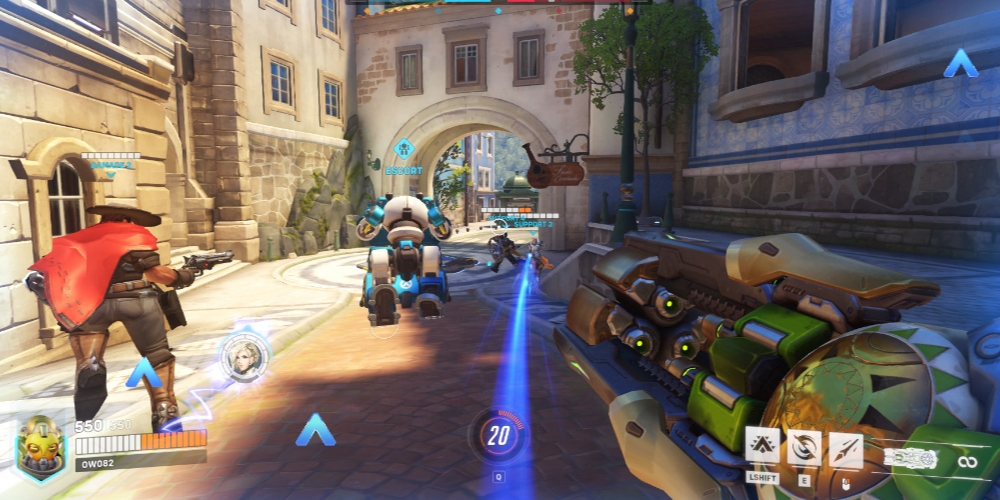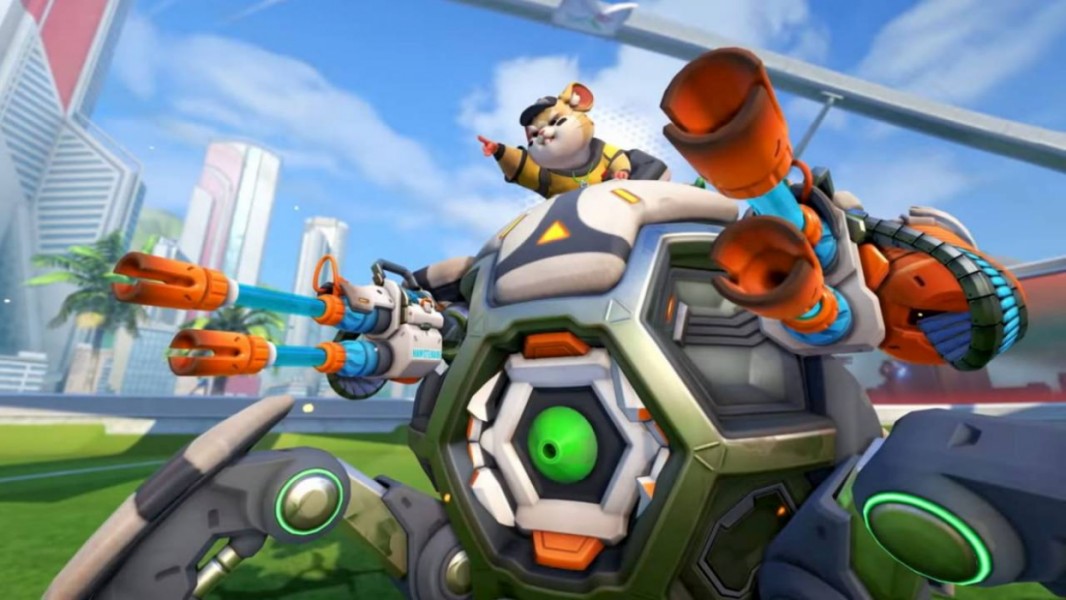
How do you improve your aim?
One day at a time!
The purpose of this guide is to discuss some of the challenges and benefits that come with aiming in FPS gameplay, on a PC. All of the tips provided below are generally accepted by professional players and the Overwatch community, as to what provides the best results for hitscan players, as well as general mouse aim and coordination. That said, not every tip might work for every individual, and the most crucial factor when it comes down to general aim and skill in any FPS is practice. The more time spent playing with any one hero reflects upon the comfort and consistency with that hero.
Mouse, Sensitivity, and Crosshair
Mouse
Top 5 gaming mice of 2019
The first step toward improving aim in any PC game is to make sure to have the best hardware for the job, and when it comes to aim and skills in FPS games, the mouse is key. Finding the best mouse involves understanding preferred mouse grip, comfort, button layout, and DPI. Many options when selecting a mouse, such as wired or wireless, come down to personal preference, but having adjustable DPI, as well as hotkeys for on-mouse adjustments, can make a difference in fast-paced gameplay.
Sensitivity
How to pick the perfect sensitivity
The specific sensitivity of each hero, as well as a player’s mouse, is an entirely personal experience, and should best be figured out by each player’s guessing and checking. That said, mouse sensitivity is determined by mouse DPI x in-game sensitivity. Many players use their adjustable mouse DPI to create custom sensitivity for different heroes or different situations, since being able to change sensitivity in-game can help follow through on fully tracking an opponent. The most math-intensive portion of this guide, and also the most personal, there is a video linked above that covers both of these factors in the application of sensitivity. The important part to remember is that comfort is key, and the fastest sensitivity is not always the most effective depending on the player or the situation.
Crosshair
Suggested crosshair for each hero
The crosshair is another extremely personal, but beneficial tool that Overwatch allows the player to fully customize. While many players simply prefer a holographic green dot, the range of customization allows the player to set custom crosshairs for each hero, providing the best aiming potential and the most predictive indicator of where the hitscan or projectile shot is about to end up. Theoretically, a player doesn’t even need a crosshair on their screen to be able to understand that their primary fire is going to follow the center of the screen, however, having an indicator that can stand out brightly against the map and quickly moving heroes, benefits the player as a timing and measurement tool.
Hitscan v Projectile
Hitscan
Hitscan heroes are primarily what people are talking about when they discuss proper aim in the game since their primary fire takes no time to hit its target (as soon as the left mouse is clicked there is impact). Heroes with hitscan weapons include Ashe, McCree, Ana (scoped in), Widowmaker, Baptiste, Bastion, D.VA, Reaper, Soldier: 76, Sombra, Tracer, and Wrecking Ball. While some of these heroes are best used for different purposes, all of their primary fires act as hitscan, meaning that timing and the positioning of the mouse is key in hitting their target. Hitscan players are primarily concerned with clicking heads and reactive, mechanical tracking which means a lot of following the enemy inside the crosshair, and repositioning based on the sporadic movements of the enemy. When faced against a hitscan opponent, it is best to move in this sporadic manner, inconsistently ducking and spamming “A” and “D” to quickly strafe and avoid predictive hitscan shots.
Projectile
Projectile heroes all have primary (or alternative) fires that take time to reach their target, which is determined by the travel speed specific to their weapon. Projectile heroes include Pharah, Ana (unscoped), Bastion (in tank mode), D.VA (outside of mech), Doomfist, Echo, Genji, Lucio, Mei (alternate fire), Mercy, Orisa, Roadhog, Symmetry (alternate fire), Zenyatta, Hanzo, Junkrat, Sigma, Torbjorn, Zarya (alternate fire). While the goal of mastering hitscan heroes typically centers around following the enemy with either consistent tracking or flicking, projectiles require preemptive coordination, where the player predicts the future positioning of an enemy, as well as the speed which it will take their projectile to reach the spot, and, if timed properly, they should have a direct hit. While not quite as visually impressive as the “click heads, get kills” philosophy of hitscan, projectile weapons are some of the highest impact, and most damaging in the game, creating a need for both styles of weapons, as both rely on the aim of the player to be effective and consistent.
Tracking v Flicking
Tracking
The first and most commonly seen form of aim is called tracking, and describes when a player maintains an object in the center of their screen, identified by the crosshair. Much of tracking consists of understanding the movements of the variety of heroes in the game, including how they jump, crouch, and reside in their unique abilities. A player that can identify and match the movements of their opponents will be able to develop the muscle memory capable of connecting headshots a majority of the time. However, because many Overwatch players fully understand this concept, hitscans also rely on flicking to match how sporadic and inconsistent the enemy team’s movements can be.
- 1:1 tracking is the most consistent form of aiming
- Tracking is beneficial for many stream-based heroes, such as D.VA, Zarya, or Symmetra
- Tracking is easiest against predictable heroes, making heroes like Tracer or Lucio hard to hit
Flicking
Flicking is an aiming technique that has come about to match the quick, and much of the time unpredictable, movements of mobile heroes. By flicking the mouse over a set space that corresponds with an understood angle in the game, players can time out their clicks so that it will occur the instant center of the screen passes over their opponent’s head. With both methods click timing is paramount, but flicking can require more arm movement than is necessary to hit an enemy, requiring the reaction time and muscle memory to identify when an object (much of the time a very small head hitbox) will pass through the center of the screen. Realistically, all Overwatch players use a combination of both of these techniques, but just like setting sensitivity, the most success in aiming comes from practicing good strategies that are comfortable and effective.
- Quick flicking movements allow for least enemy resistance to your actions
- Flicking works best for ranged heroes that deal high damage, such as McCree or Ashe
- Flicking is a good aiming technique for fast movement heroes or players that understand how to avoid hitscan damage
Reactive v Predictive
Reactive
Reactive aiming is much more similar to flicking, and is implemented by all overwatch players to an extent during high-pressure in-game decisions. This is when a player comes to rely on their reflexes and their general understanding of hero movement to respond through quick reactive cursor movements. Reactive aiming takes away player reliance on visual input and focuses on muscle memory and responsive reflexes toward individual movements in the game.
Predictive
However, since no human player has the reactive skills of an aimbot, they will also rely on predictive aiming to make up for the disconnect between player response and visual queues. Predictive aiming utilizes an understanding of movement patterns and angles to position the crosshairs exactly where the enemy is about to be, then relying on timing to click during the appropriate window. Predictive aiming is similar to tracking as both rely on following the object in accordance with how it is moving, as well as how it is anticipated to move.
Practice in Overwatch

There are two particular game modes designed by Blizzard Entertainment with the intent of grinding aim and overall game coordination. The first is the Practice Range, which is available from the “Training” tab on the home screen. In this training mode, a player can practice aiming against stationary, and moving robot targets. However, the best means for improvement has to be setting up a custom game and tweaking the conditions of the game so that the targets are passive AI of the player’s choice. Above is an image of a custom game with one hitscan facing 6 Ana’s (one of the smallest headshot hitboxes in the game). For this practice game mode, it is suggested that the AI heroes, as well as movement speed, is adjusted so the hitscan can practice with a variety of targets and styles of movement.
The most important part of improving aim is to practice a lot and practice consistently. Most professional players utilize these game modes to warm up their aim and timing before ever beginning a game against real opponents. By practicing these skills in a low-stakes environment, anyone can improve their aim and still have fun.
Practice Outside of Overwatch
Osu
Osu is a free Japanese rhythm game that requires impeccable mouse control and button timing. Many professional Overwatch players use the game to practice their timing, as well as their general tracking, and mouse coordination. With a variety of user-made content and an expanse of difficulty settings, Osu is a great means of improving aiming skill in a controlled and addictive, Japanese-themed setting.
Counter-Strike: Global Offensive
Counter-Strike is the PC FPS that started a revolution and established an entire shooter-based esports community, back when it was released in the year 2000. Many professional Overwatch players have come from playing Counter-Strike at a professional level. Counter-Strike: Global Offensive, is one of the most popular shooters currently available for PC, and is now free on Steam. Practicing aim in this highly competitive shooter is no easy task, but if an aspiring hitscan player can learn general timing and mouse techniques enough to compete in CSGO, then they should have no trouble transitioning these skills to Overwatch, and clicking heads with ease.
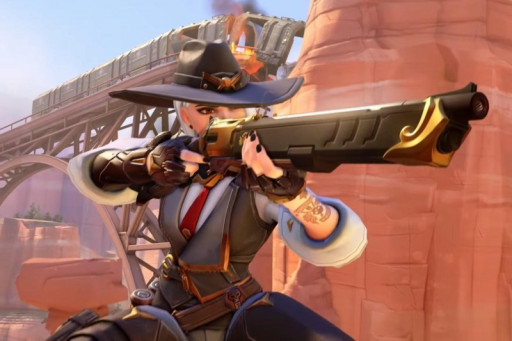
Conclusion
Aim in PC Shooter games, like any skill, is entirely reliant upon time spent practicing. Hopefully, the above tips give a good idea of where and how to begin this practice, working on timing, as well as techniques associated with mouse movement. When in doubt, it is easy to find Overwatch players with thousands of hours played, that can be watched for an idea of how to act, or respond to certain situations. Below is an attached video of the Toronto Definat’s very own Surefour, discussing aim technique during a live stream feed.
You may also be interested in:
- Top 10 Overwatch Best Heroes (2020 Edition)
- Overwatch - How to Level Up Fast
- 5 Reasons Why Overwatch Is So Toxic
- Overwatch Guide to Grandmaster (Step by Step Guide)
- Overwatch Best Skins That Look Freakin Awesome!
- Top 5 Reasons Why Overwatch Is So Toxic
- The Best Overwatch Players in the World Today
- Overwatch Best Hitscan DPS
- Overwatch Best Healers
- Overwatch Aim Guide (How To Aim in Overwatch)
- Overwatch Best Tanks


